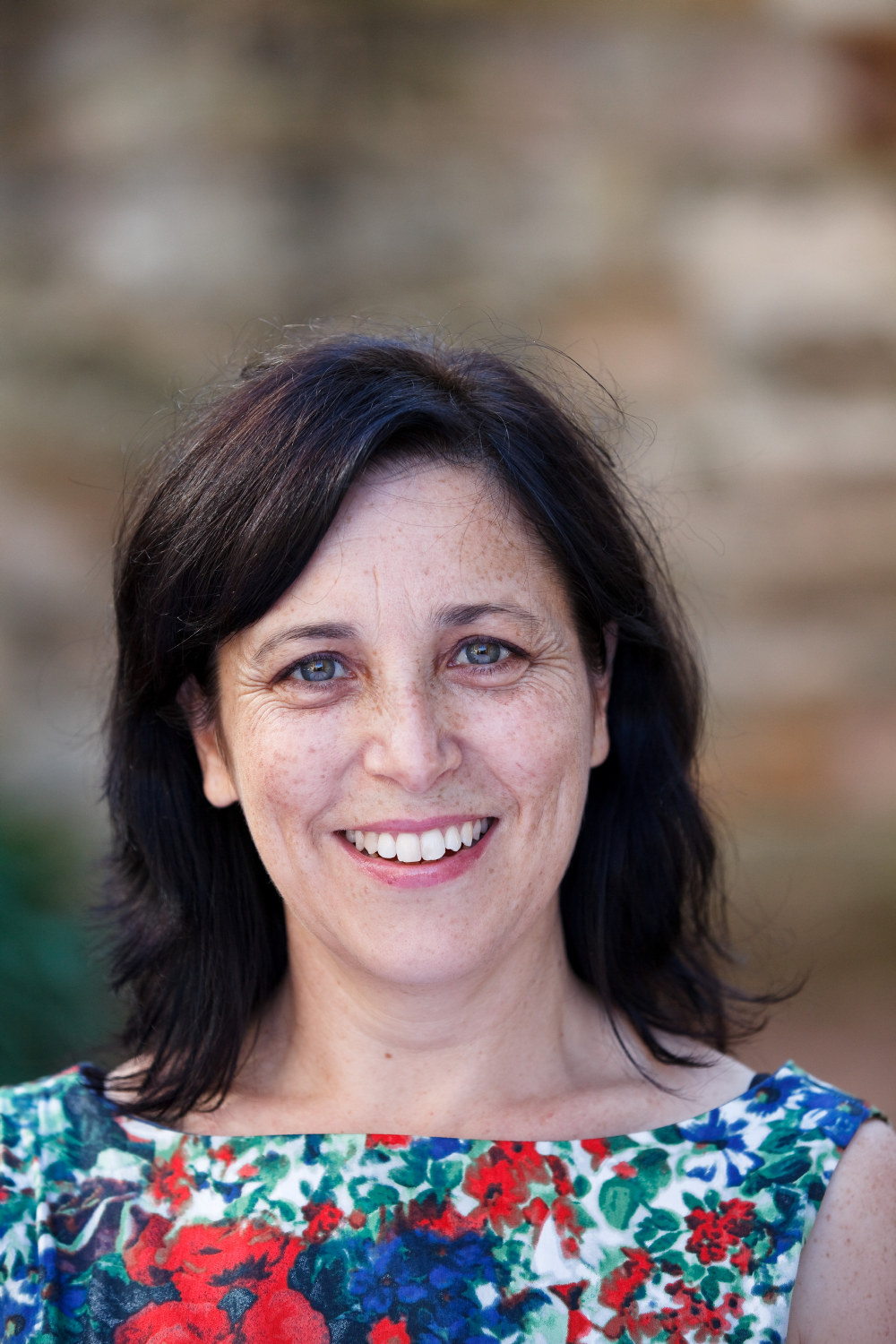A popular nuisance – controlling the street photographers
By the mid-1930s the street photography ‘craze’ saw increasing numbers of photographers on Sydney’s streets – all competing for the best locations and the most promising marks.
But not everyone welcomed this new industry and street photographers came to be seen as a nuisance: people complained about footpaths blocked by those posing for snaps, while others objected to being pestered on the street and having their photograph taken without permission. Commercial studios waged a campaign against the threat street photography posed to their ‘legitimate’ businesses.
However, it was the street photographers’ cards that landed them in trouble with the city council. While taking photos on the streets was not against the law, handing out cards – and the littering that ensued when the public discarded them – breached the council’s by-law 523.1 The council actively pursued street photographers, issuing fines as a deterrent. Between 1931 and 1940 there were over 2000 prosecutions brought against street photographers, with some unlucky snappers fined numerous times.2 A few places in the city were safe from council inspectors, including Circular Quay, managed by the Quay Planning Committee and the Maritime Services Board, and the Botanic Gardens, administered by the Department of Agriculture.3
In 1934 a group of street photography firms formed the Candid Photographers’ Association with the aim ‘to make street photos legal’.4 Over the next decade the association wrote numerous letters and made multiple deputations to the council, arguing that their companies created much-needed work during the Depression years and, later, jobs for returned World War II servicemen. The association also lobbied for the introduction of licensing, claiming the licence fees would be a source of revenue for the council as well as protecting both the industry and the public from unscrupulous operators.
On 2 May 1949 the council finally introduced street photography licences. In consultation with the Candid Photographers’ Association, the number of licensed locations, known as ‘sites’ or ‘stands’, was limited to 50 within the city’s boundaries. Each firm or individual operator was allocated a maximum of three licences, with the annual licence fee ranging from £15 for quiet spots to £30 for the busiest locations. Each street photographer was required to hold a permit that cost 10 shillings per annum and only one photographer was allowed to work on a stand at any one time. However, the new system did not stop unlicensed operators, known as ‘snipers’, taking their chances.
By the 1950s the number of stands in operation had declined, and in 1958 there were just 16 licensed sites left in the city.5 The last licence, held by Charles Ramsay for No 33 in Martin Place, was cancelled in 1971.6
Above: Street photographer’s licence for No 22 stand located on Pitt Street, Sydney, issued to B V Duggan in 1953. City of Sydney Archives 4612/54: Licensing – 12 months ending 31/10/55
Duggan, who had been involved in street photography since 1938, was the proprietor of Ace Photos, which operated out of No 3 Piccadilly Arcade. Due to ill health, he sold his city business to Tatler Photo’s a year after this licence was issued.
Notes
- By-law 523 was originally designed ‘to prevent any practice conducive to street littering’. Town Clerk’s Minute, 6 March 1941. Suggested licensing of Street Photographers. City of Sydney Archives 3367/35.
- Ibid.
- ‘Cameramen found three sanctuaries’, Sunday Telegraph, 20 September 1942, p 10
- ‘To make street photos legal’, Daily Telegraph, 24 July 1936, p2
- Letter from Town Clerk to Professional Photographers’ Association [Candid Photographers’ Association] informing them of the cancellation of street photography sites, 1 July 1958. City of Sydney Archives 3418/52
- Town Clerk’s Minute Paper, 22 January 1971, Street Photographers site No 33, Martin Place, Cancellation of site. City of Sydney Archives 237/71.
Published on
Street photography
Browse all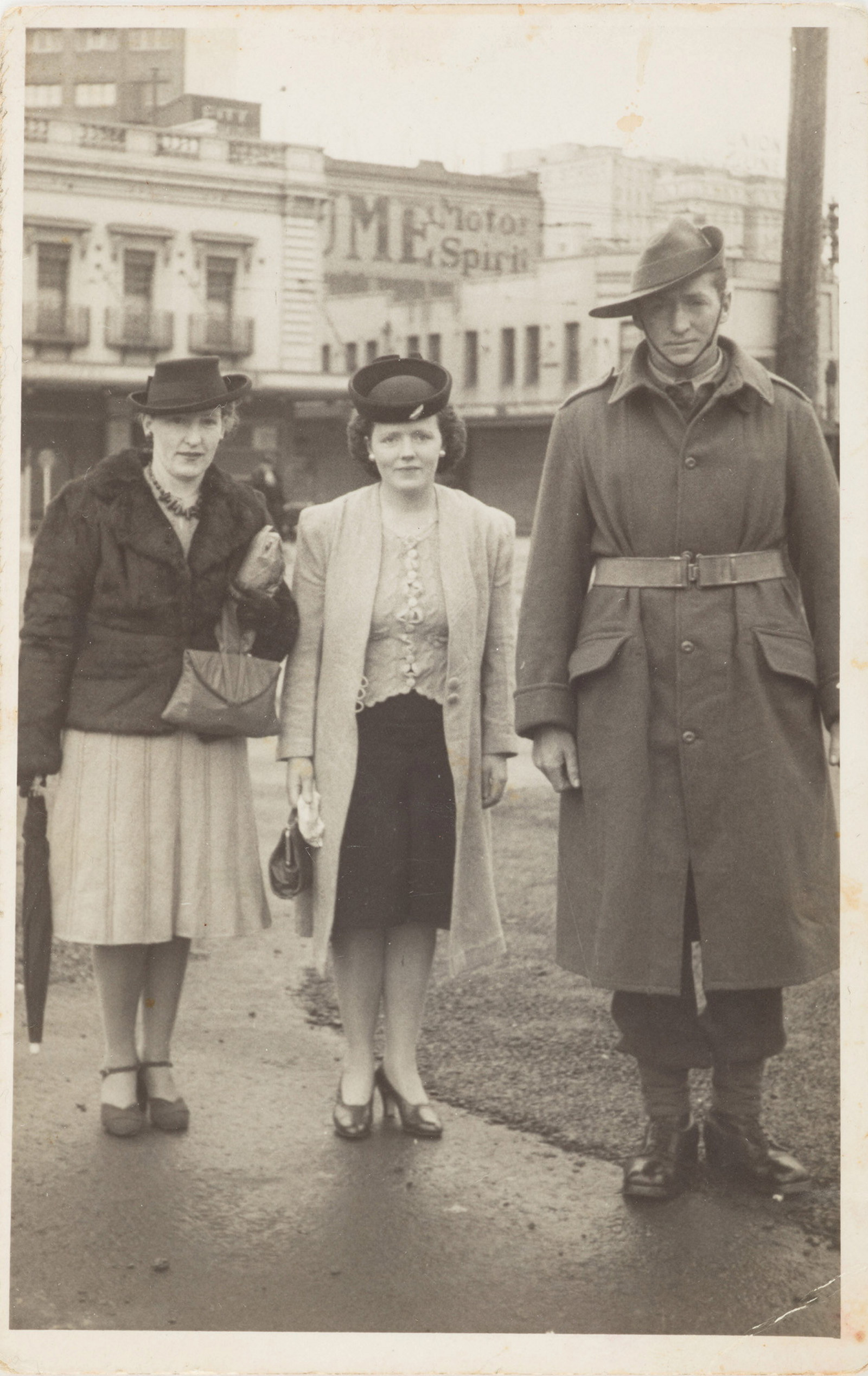
City of a million faces
The passing of years has given many street photographs greater significance than may have been anticipated when they were taken
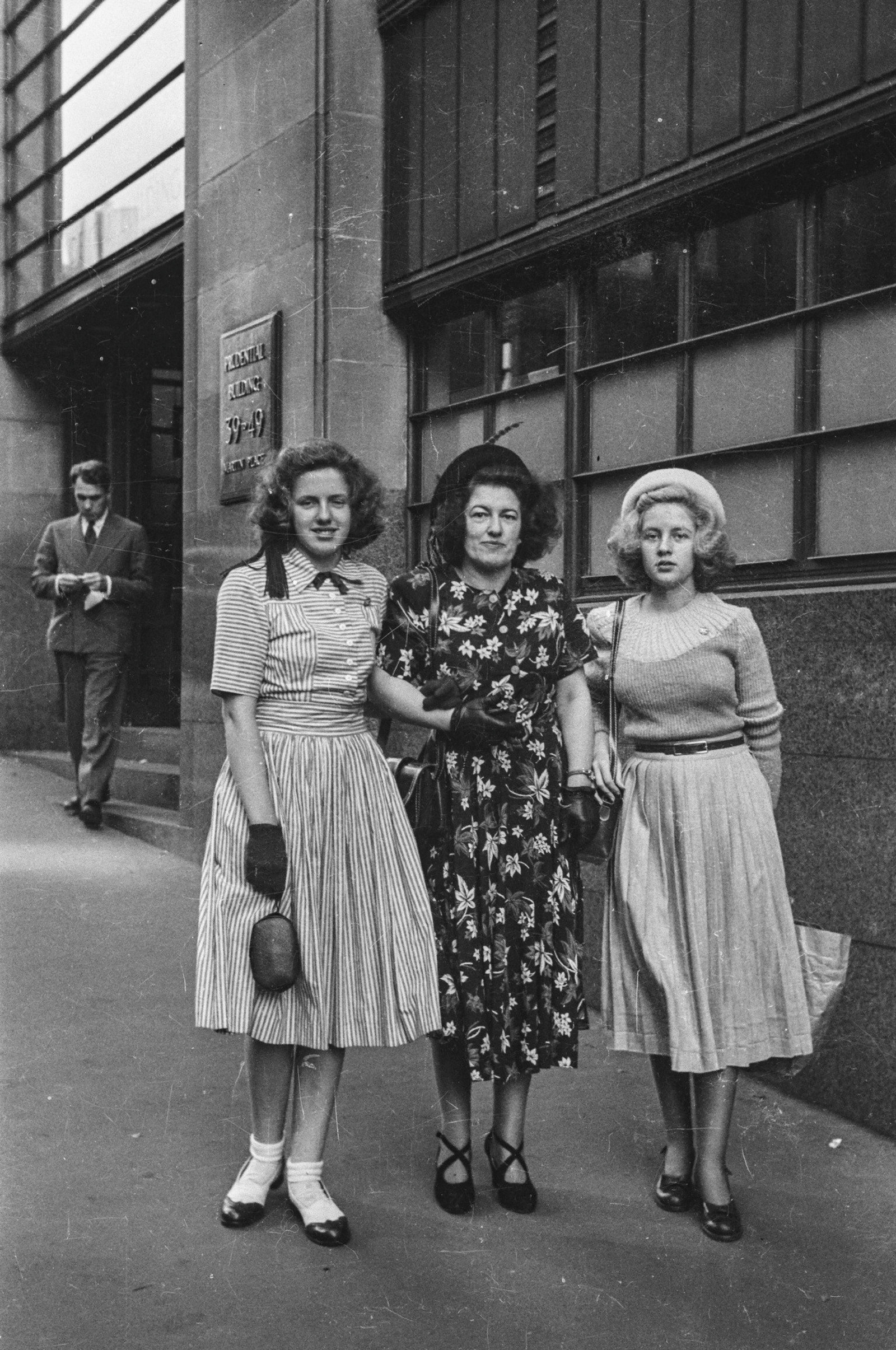
Family photo reunion
Imagine visiting an exhibition and discovering a photograph of yourself and your family that you had never seen before
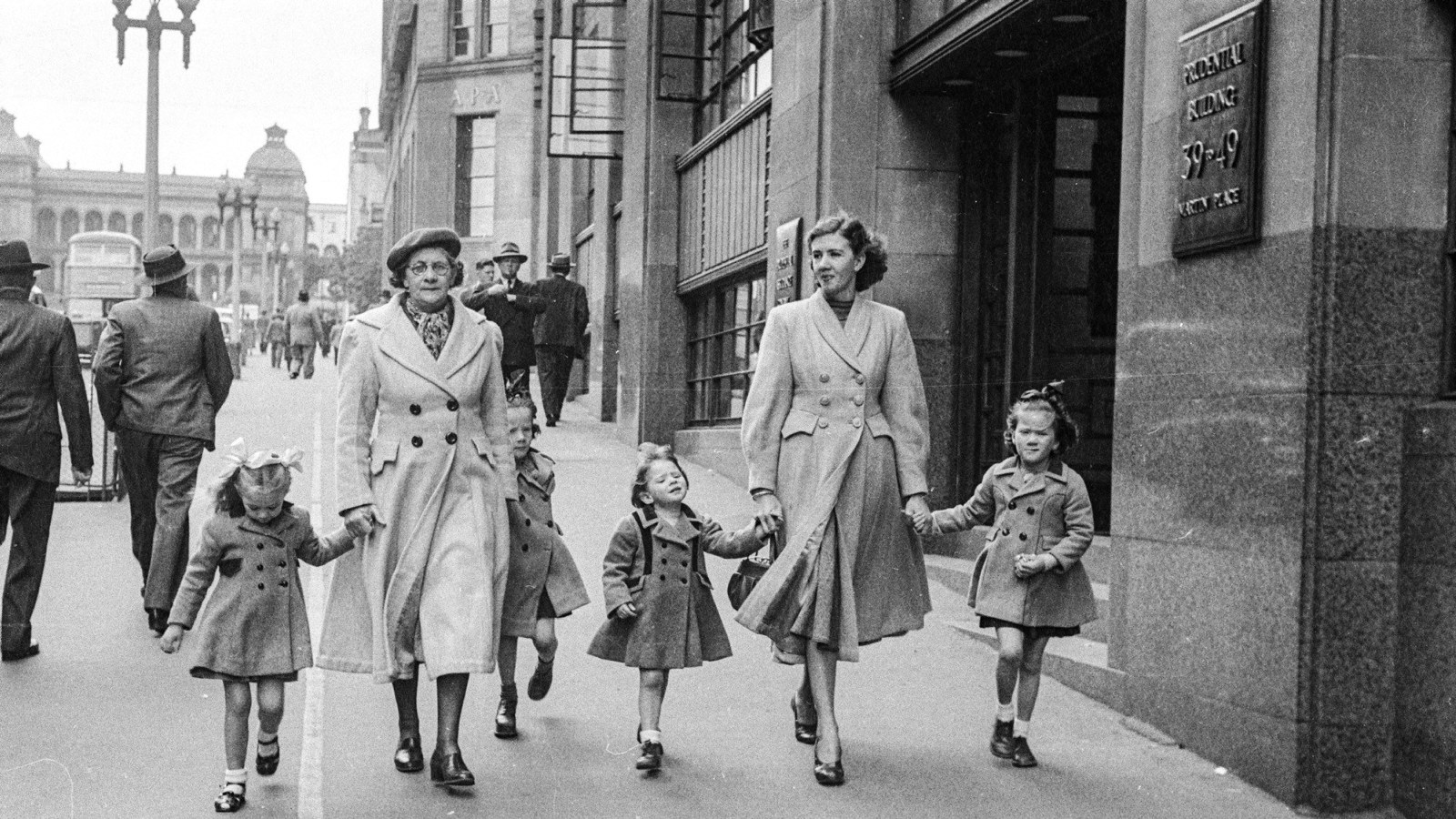
Ikon Studio
During the public call out for our Street Photography exhibition an extraordinarily rare collection of street photography negatives came to light. The Ikon Studio negatives provide a fascinating visual narrative of the street photographer at work
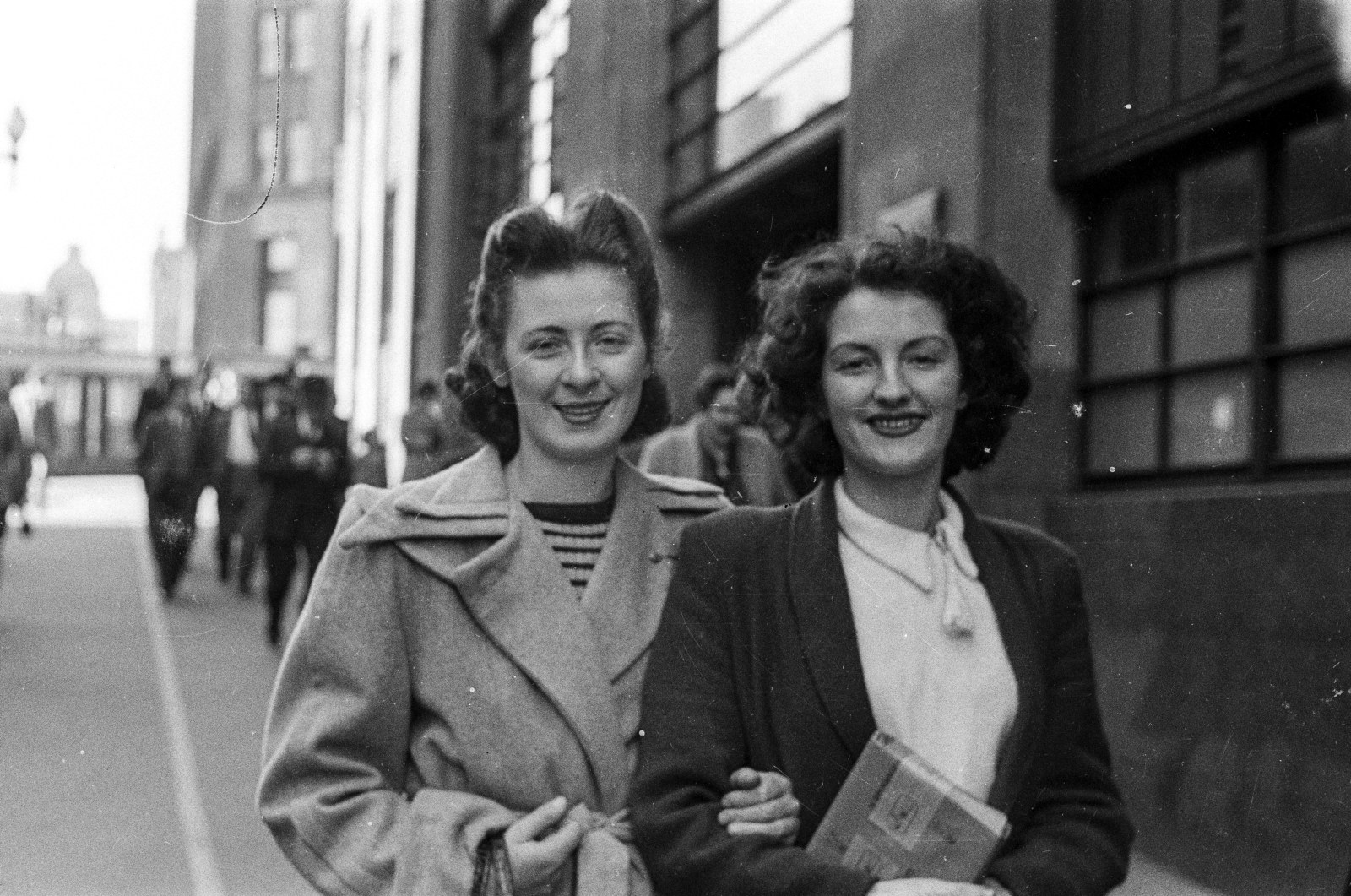
Ikon Studio: photo galleries
Browse a selection of images from the Ikon Studio collection shot between May and December 1950 in Martin Place, Sydney

Matching snapshots
The names and stories behind street photographs are often lost with the passing of time, and we were unable to identify many of the people whose images are featured in the Street Photography exhibition. However, we’ve since learnt the moving story behind one image, of two curly-haired children
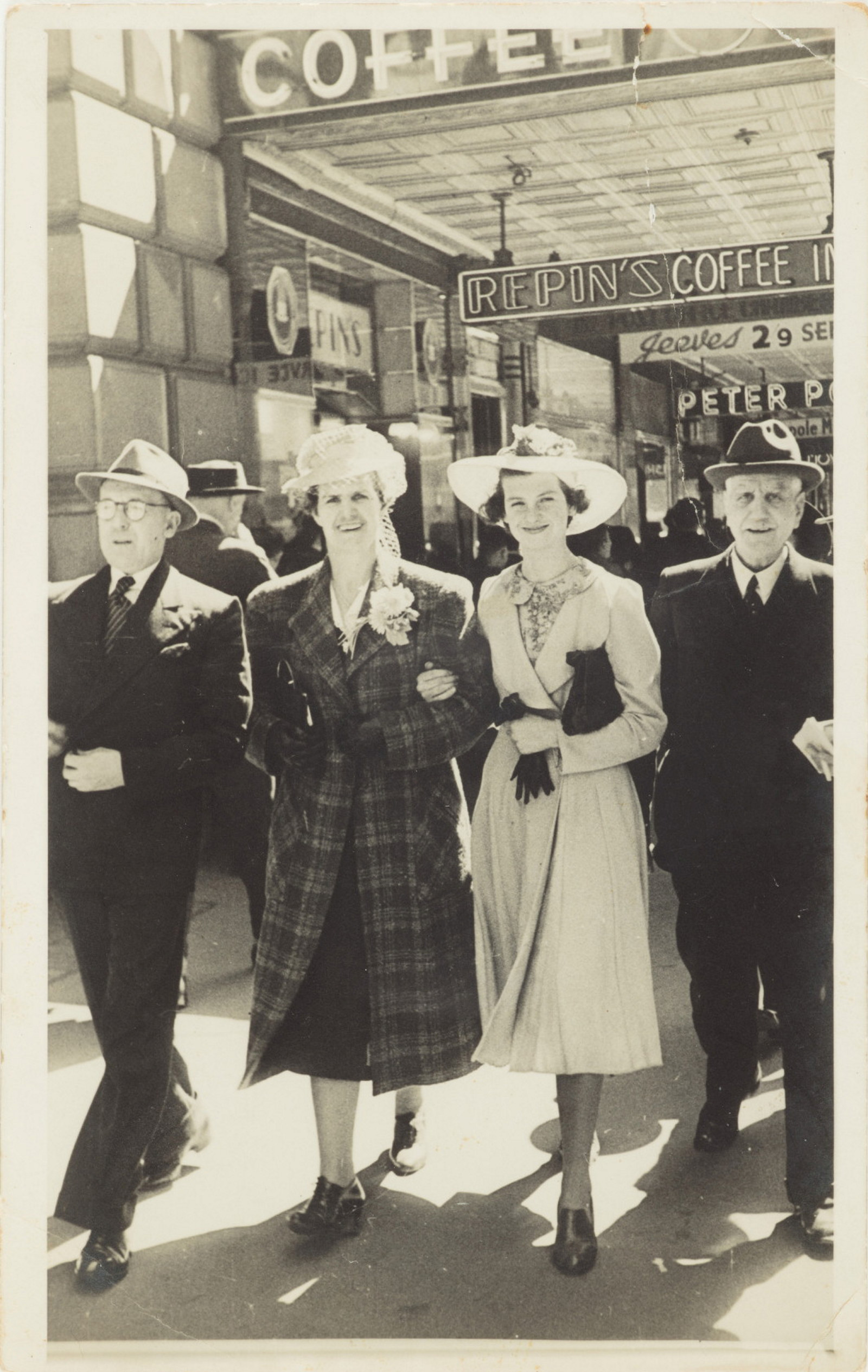
Signs of the times
In the background of many street photos are glimpses of Sydney’s architecture, from still-recognisable locations to popular landmarks of the day
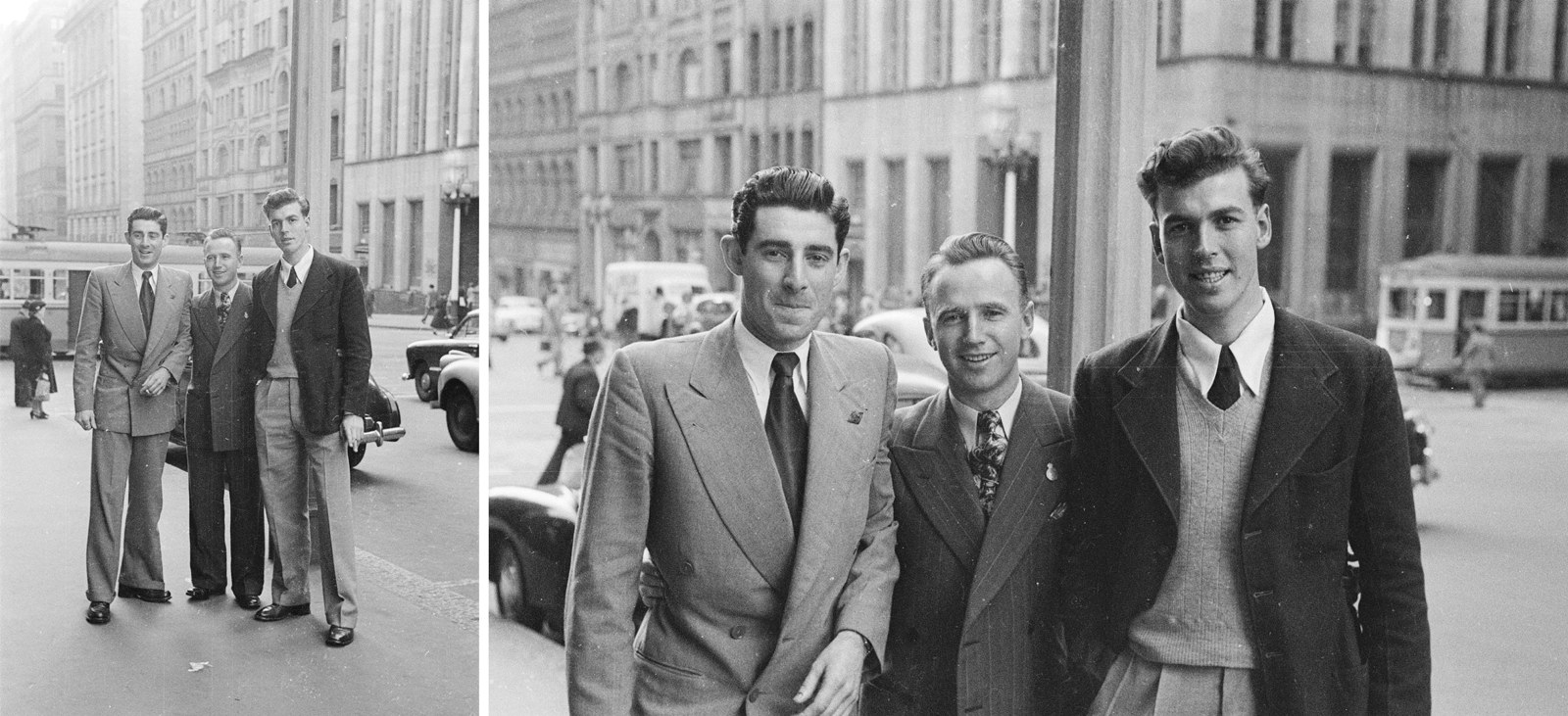
Snapped! The Ikon Studio street photographer at work
A remarkable acquisition of 5000 street snaps provides a lively and revealing record of one Sydney street in 1950 and offers a rare glimpse through the street photographer’s lens

The street snapshot craze
Picture this: you and a friend are walking down a city footpath amid the lunchtime crowd. Suddenly a smiling man in a suit and tie with camera in hand steps forward and offers you a card. It reads: Your photograph has just been taken

Vali Myers: teenage Ikon in street photograph
Two young women stride confidently, hand in hand, up Sydney’s Martin Place on a sunny winter’s day in 1950
Photo collections

House photo albums
These specially produced photograph albums (some in published form and others consisting of photographs pasted into an album) comprise images of one or more domestic dwellings and depict exteriors, interiors and gardens in NSW mostly from the late 19th to the early 20th centuries

Richard Stringer’s architectural photographs, 1968–2003
This portfolio contains 55 photo prints taken by architectural photographer Richard Stringer, dating from 1968 to 2003, documenting significant Australian domestic buildings

Barry Wollaston: historic buildings in the county of Cumberland (NSW), 1954
This collection consists of 232 photo negatives by architect and photographer Barry Wollaston of buildings in the Sydney region considered by the Royal Australian Institute of Architects in the early 1950s to be of architectural and historical value

A pictorial guide to identifying Australian architecture – photo collection
This collection of over 700 black and white photo prints was used to illustrate the book 'A pictorial guide to identifying Australian architecture' by Richard Apperly, Robert Irving and Peter Reynolds, first published in Sydney in 1989
